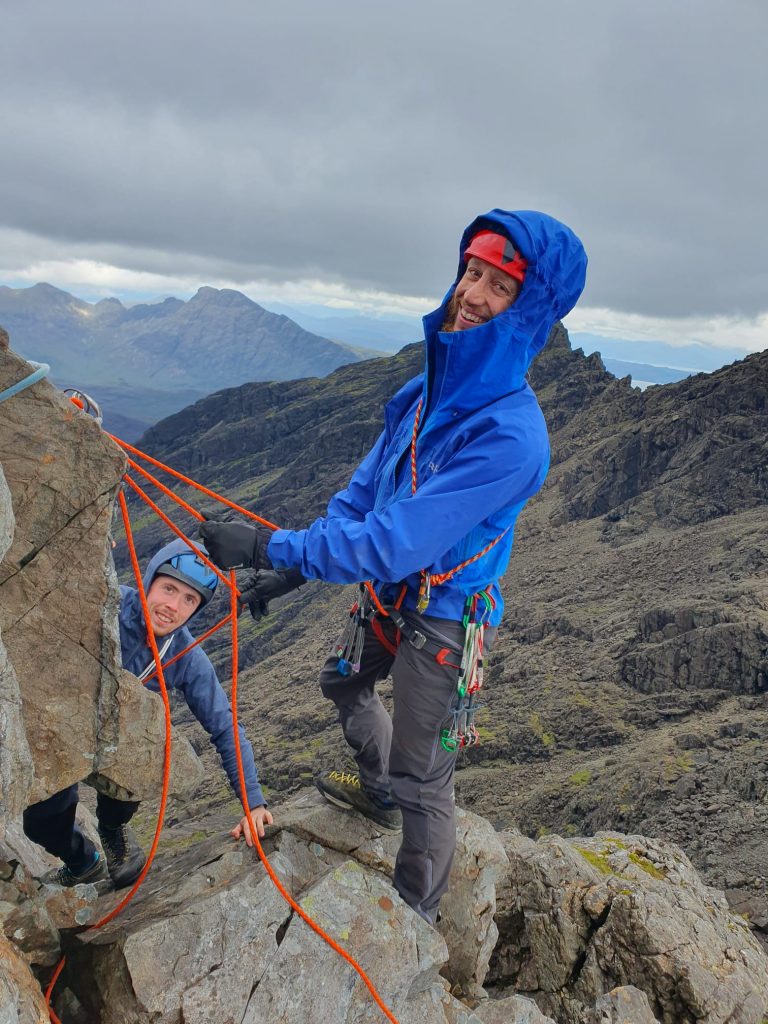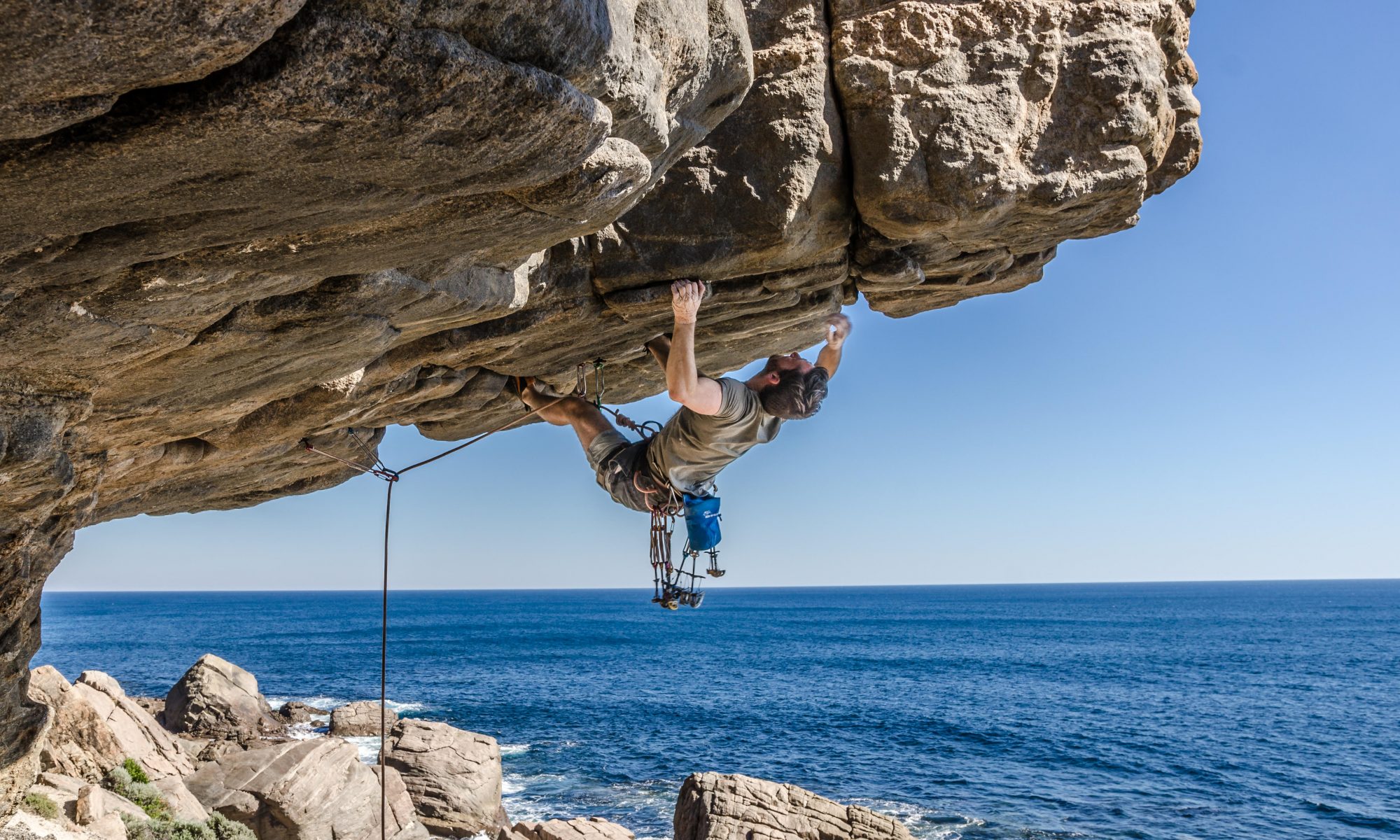Sam is available for indoor and outdoor climbing coaching – specialising in movement and psychological skills. He also offers guiding and skills courses, such as navigation and geology tours.
Based in Scotland, Sam has climbed for 20+ years, competed internationally for UK Joint Forces, and has an MSc in Sport and Exercise Psychology (as well as a PhD in Geology).
He is a Development Coach, RCI, Summer ML, First Aid, and is training towards WML and MCI.

